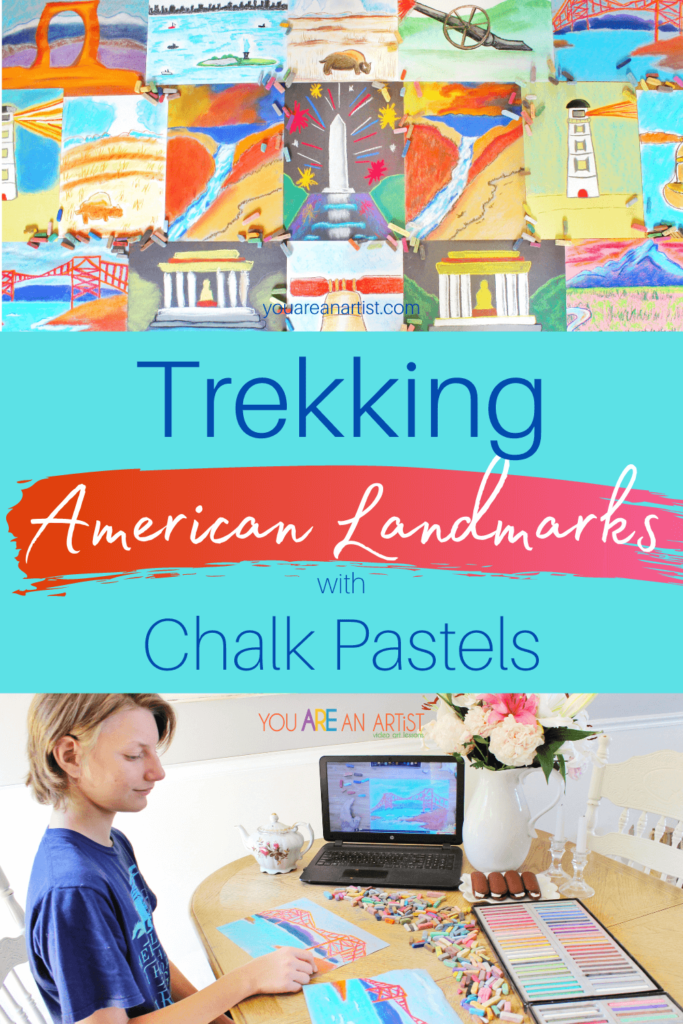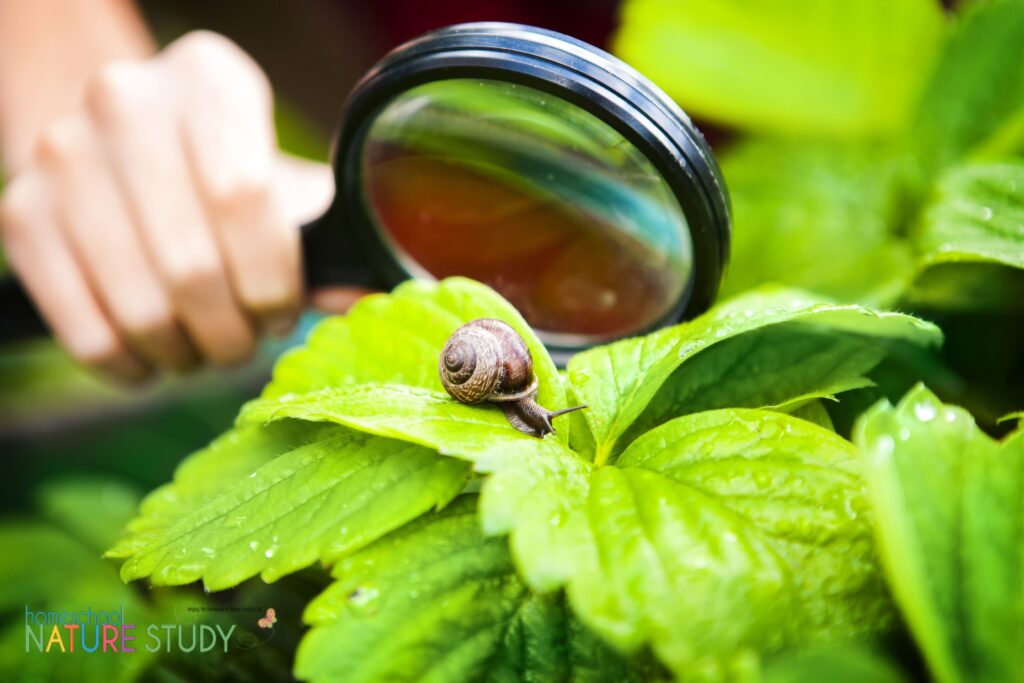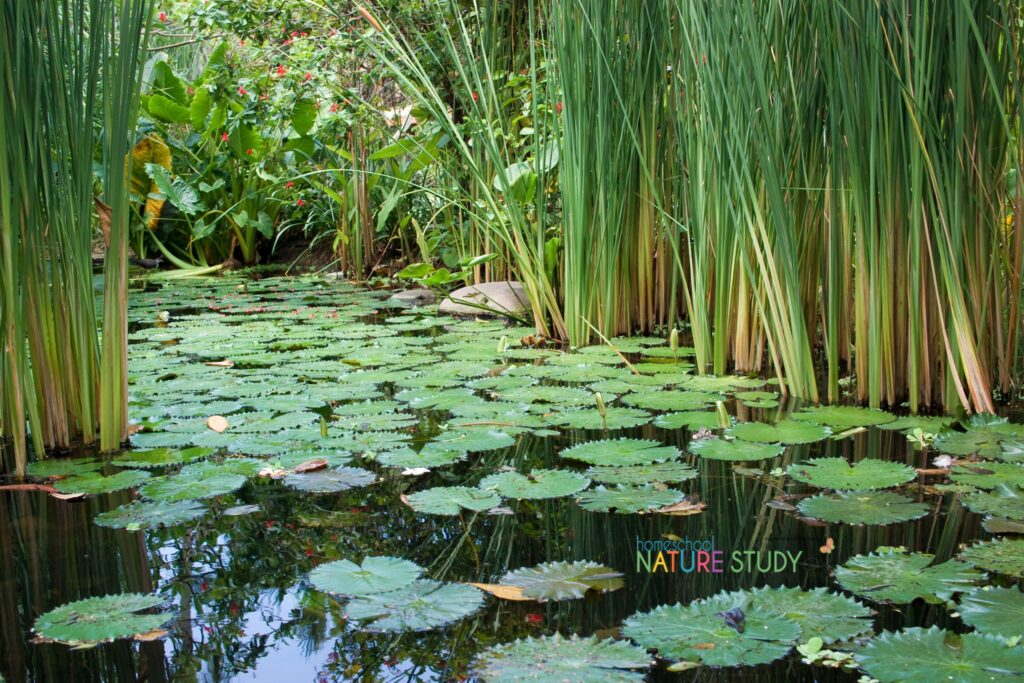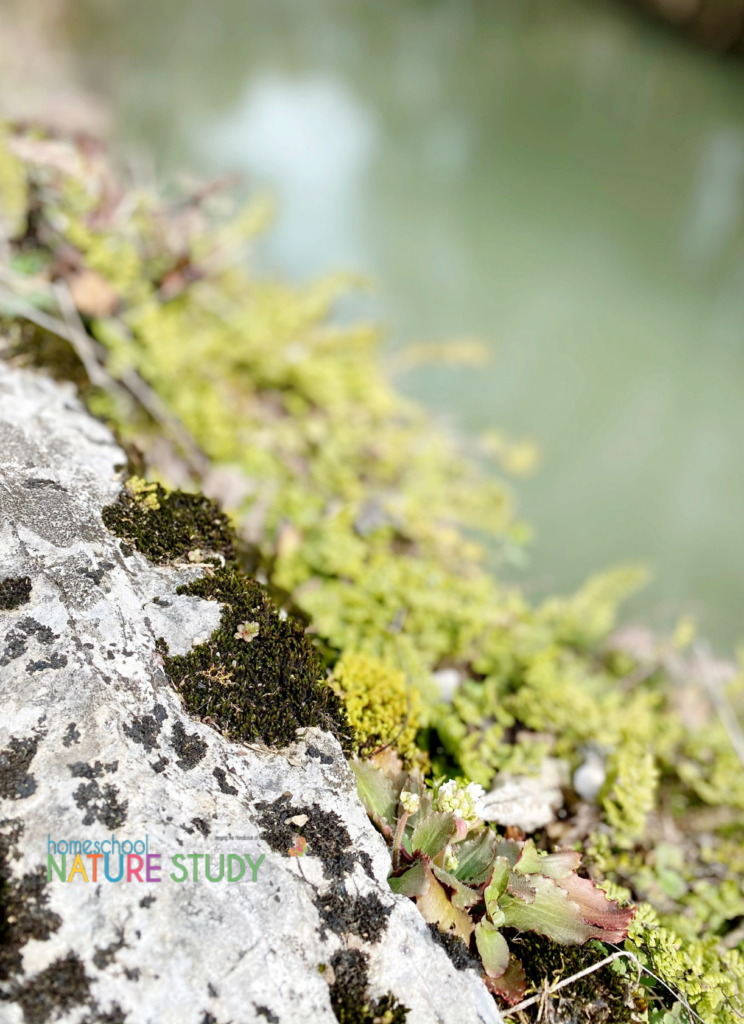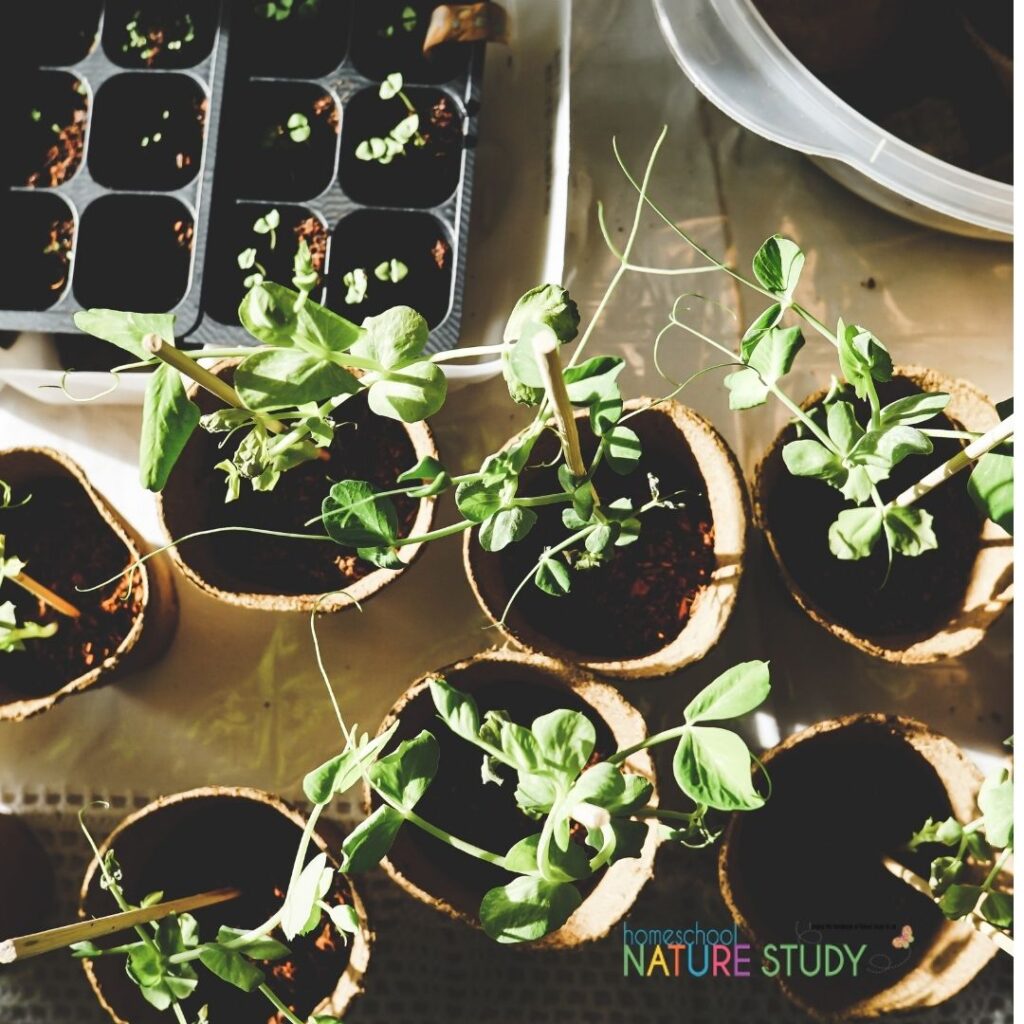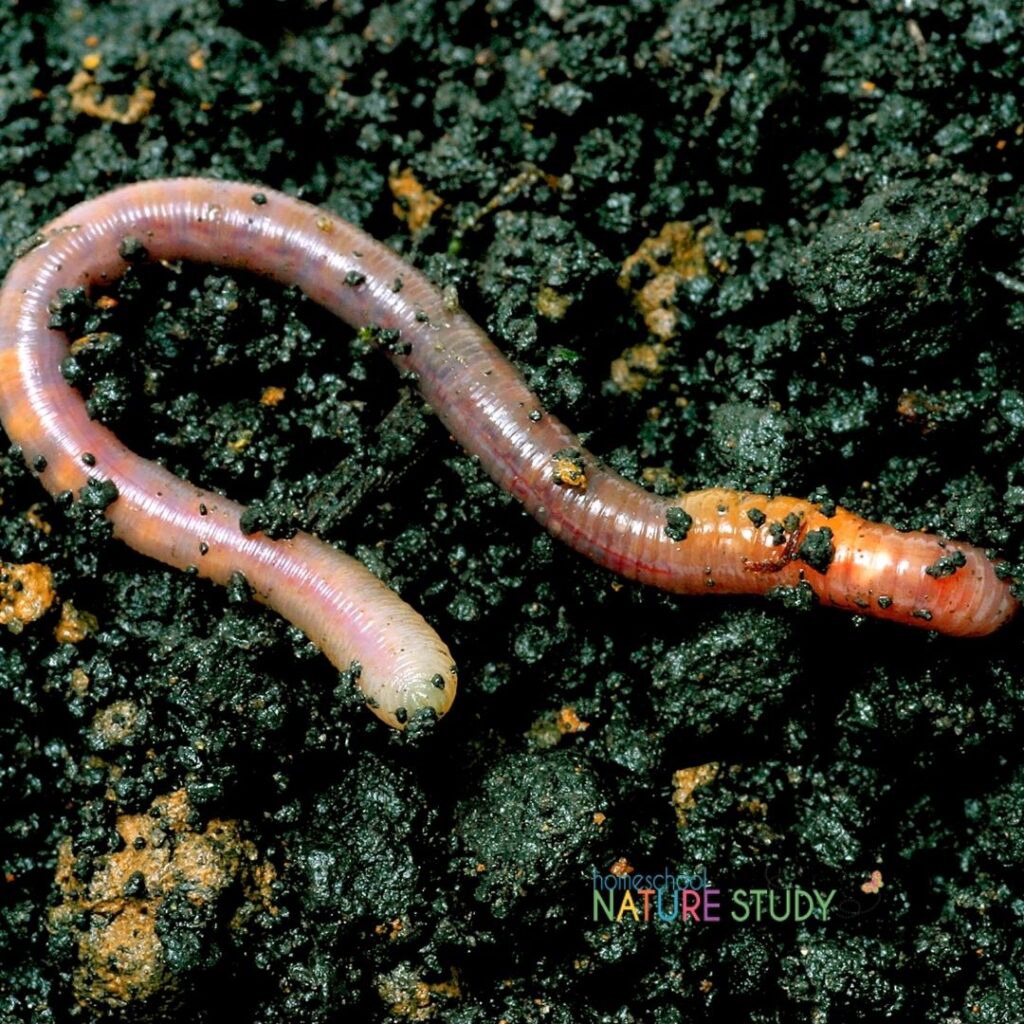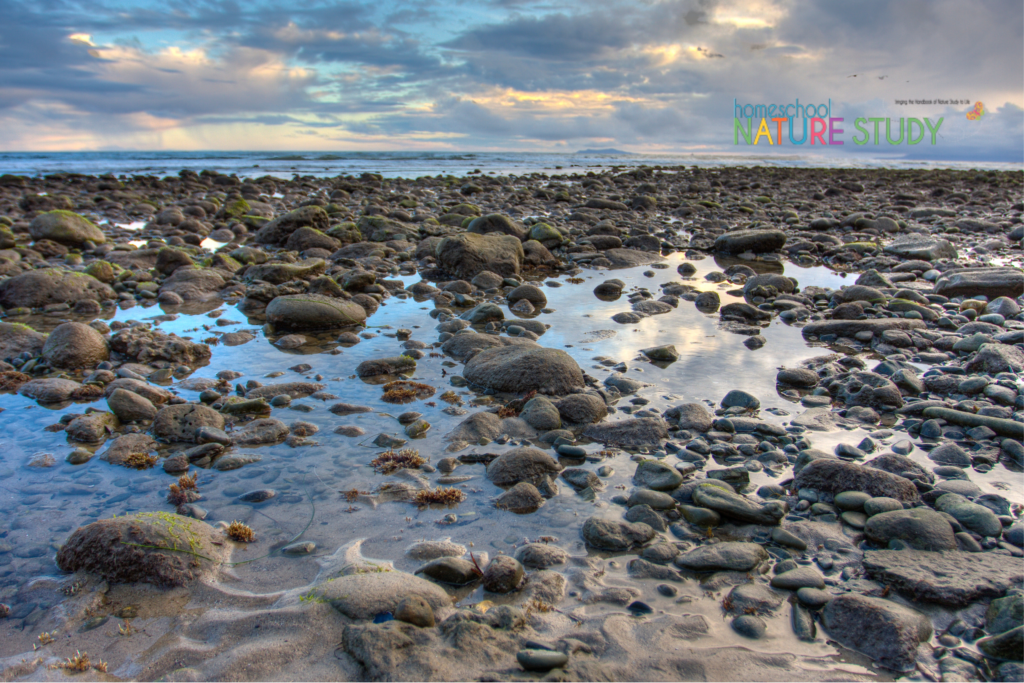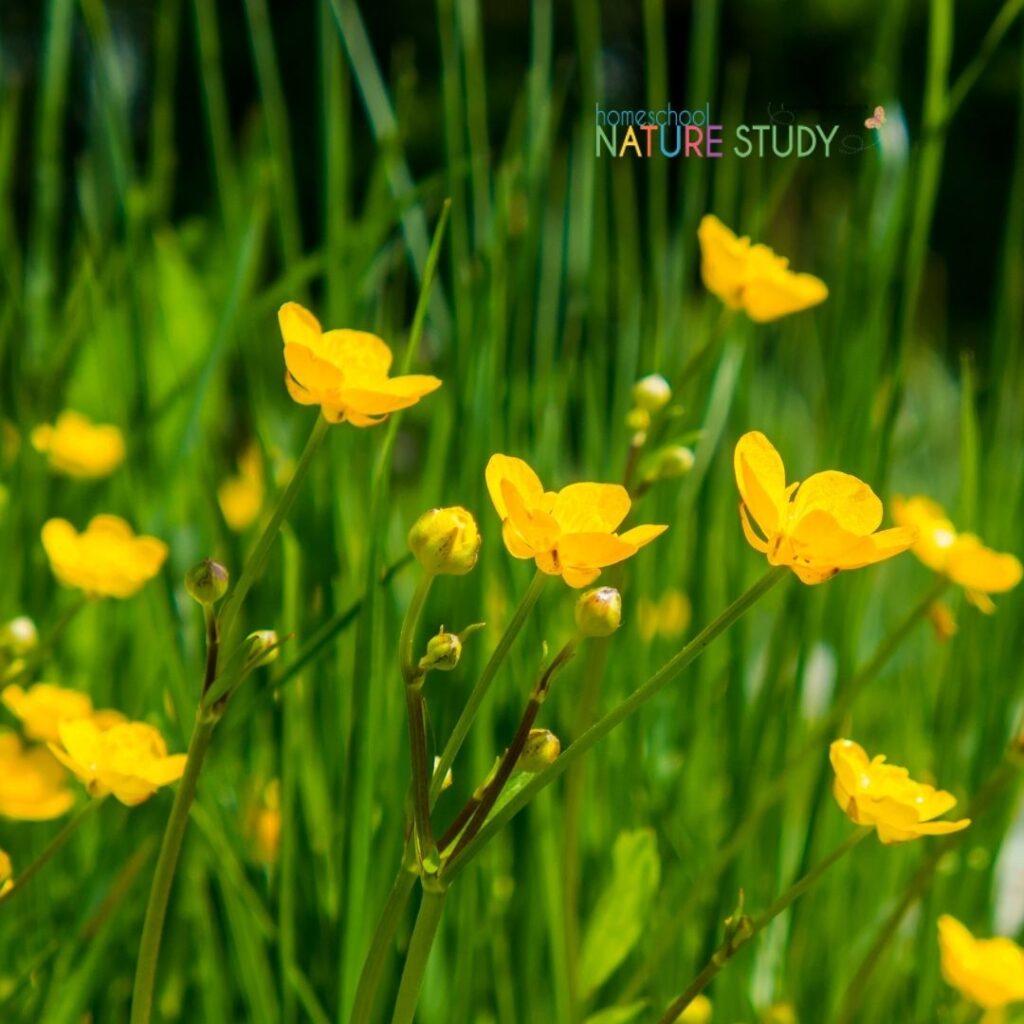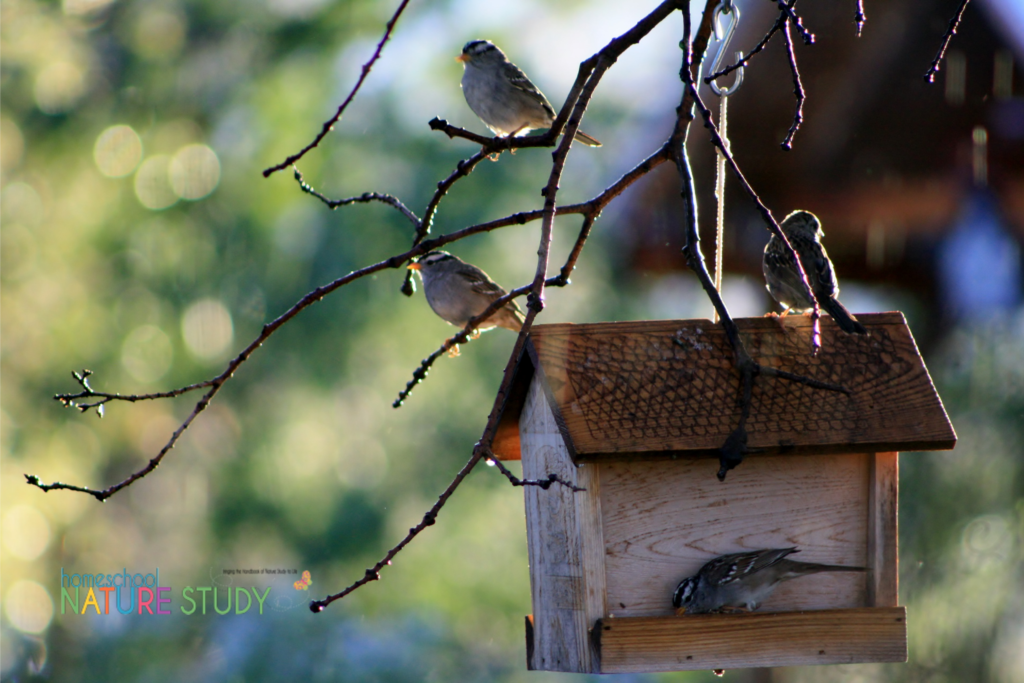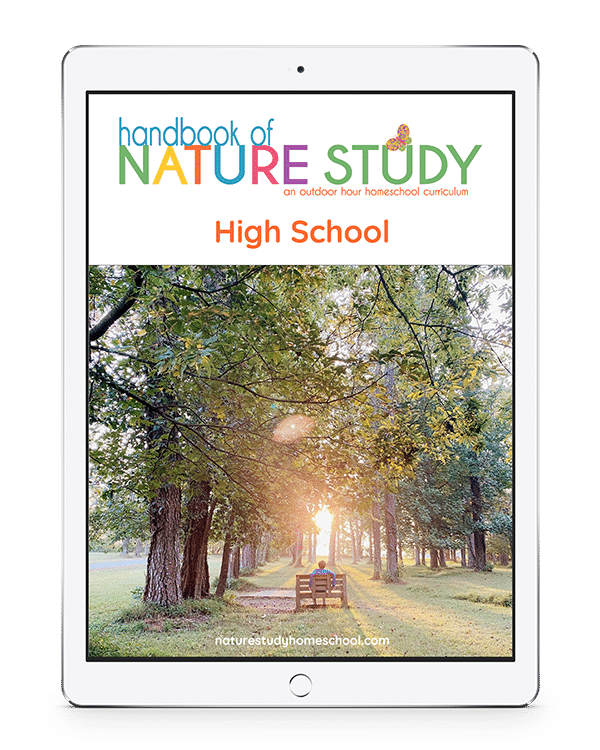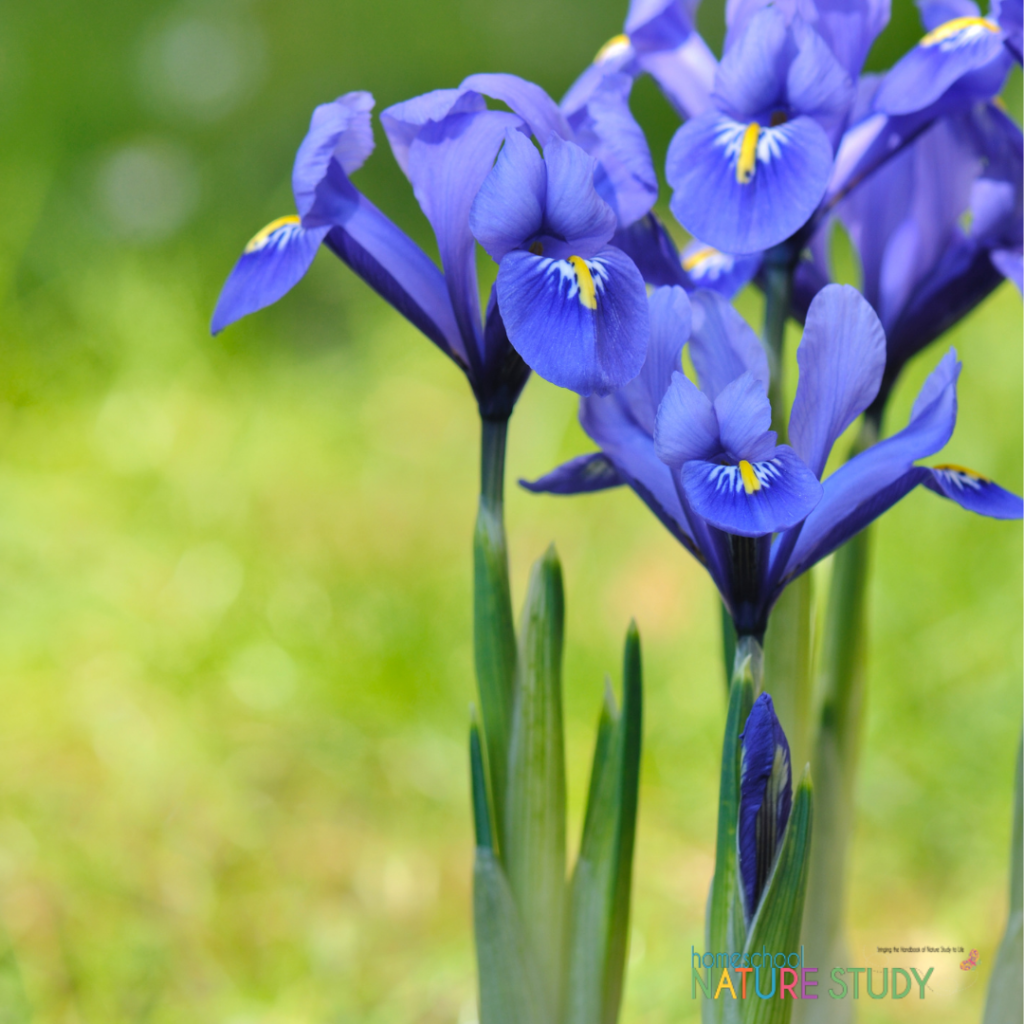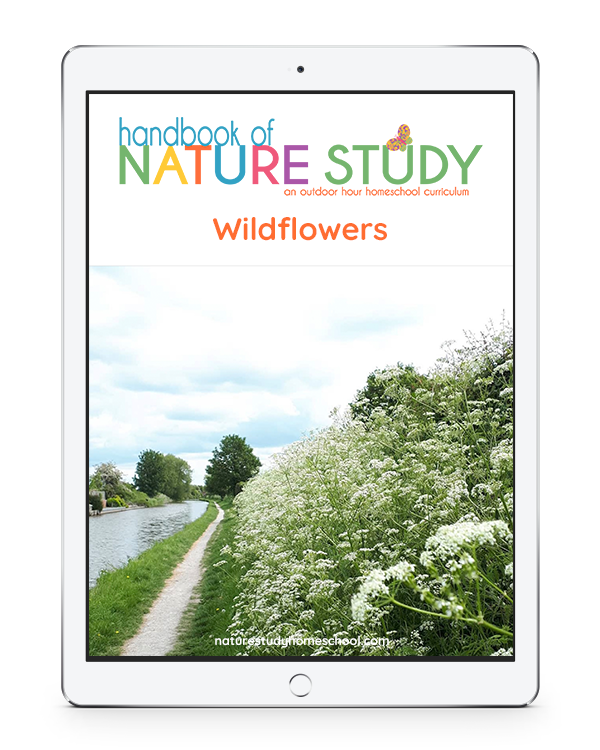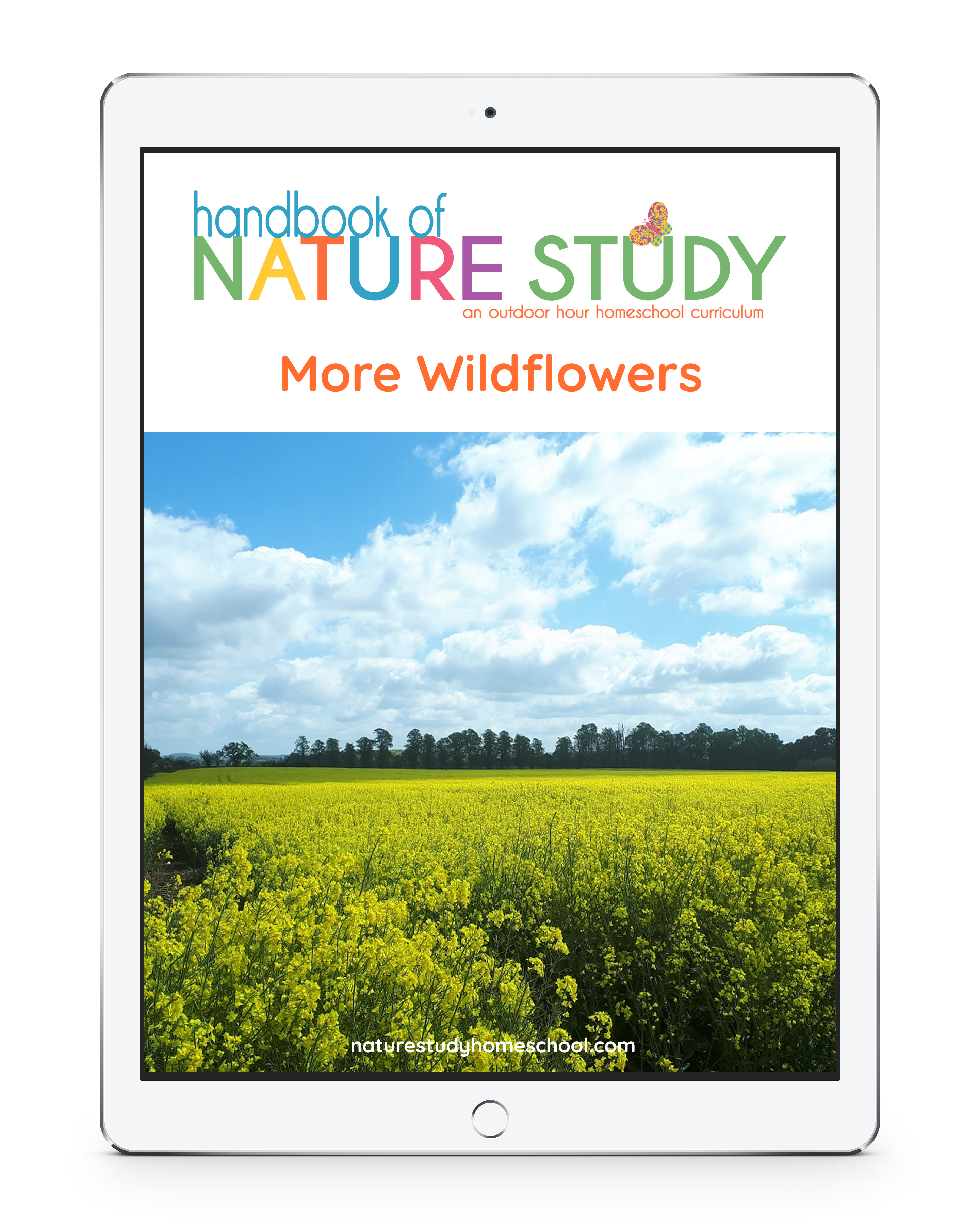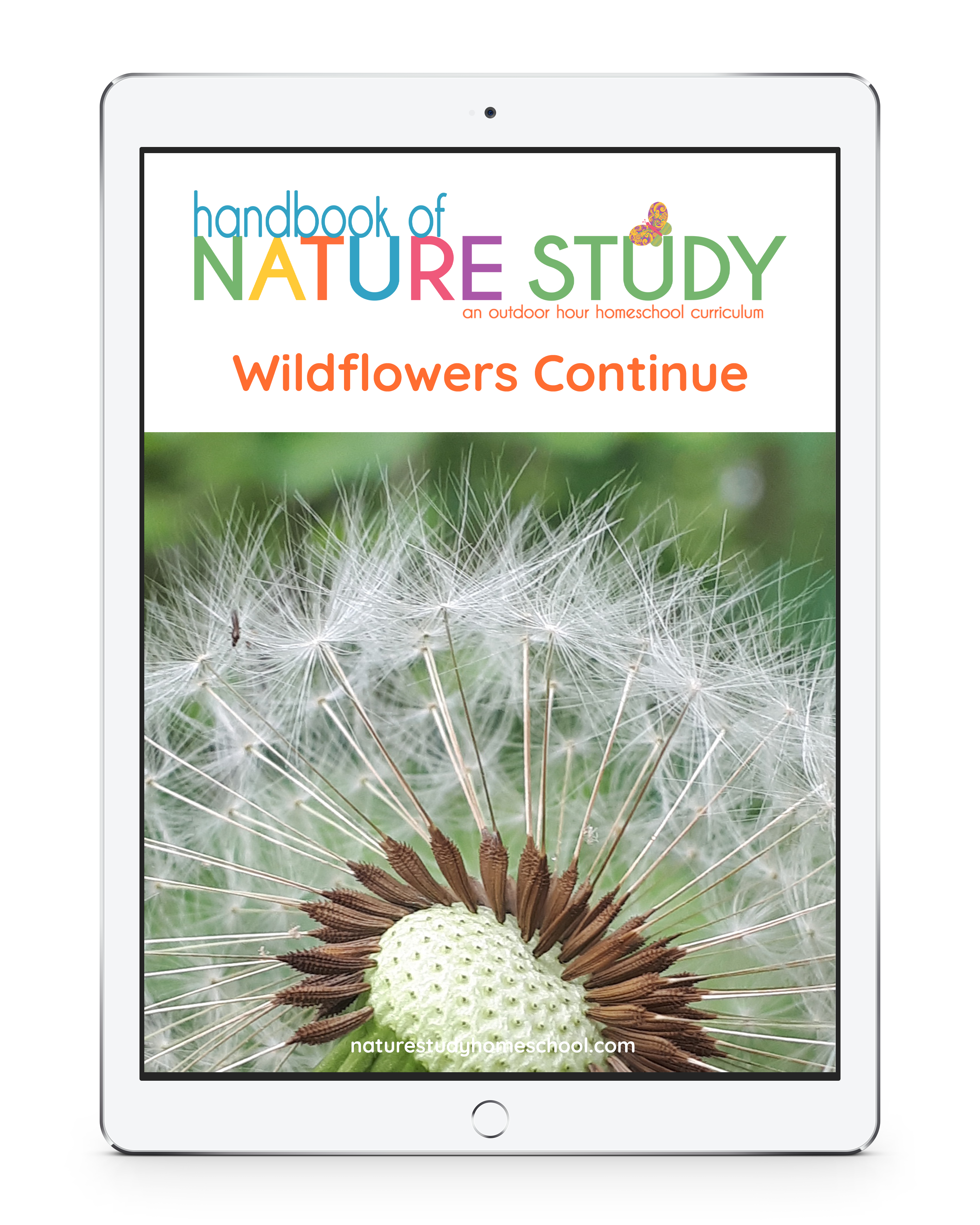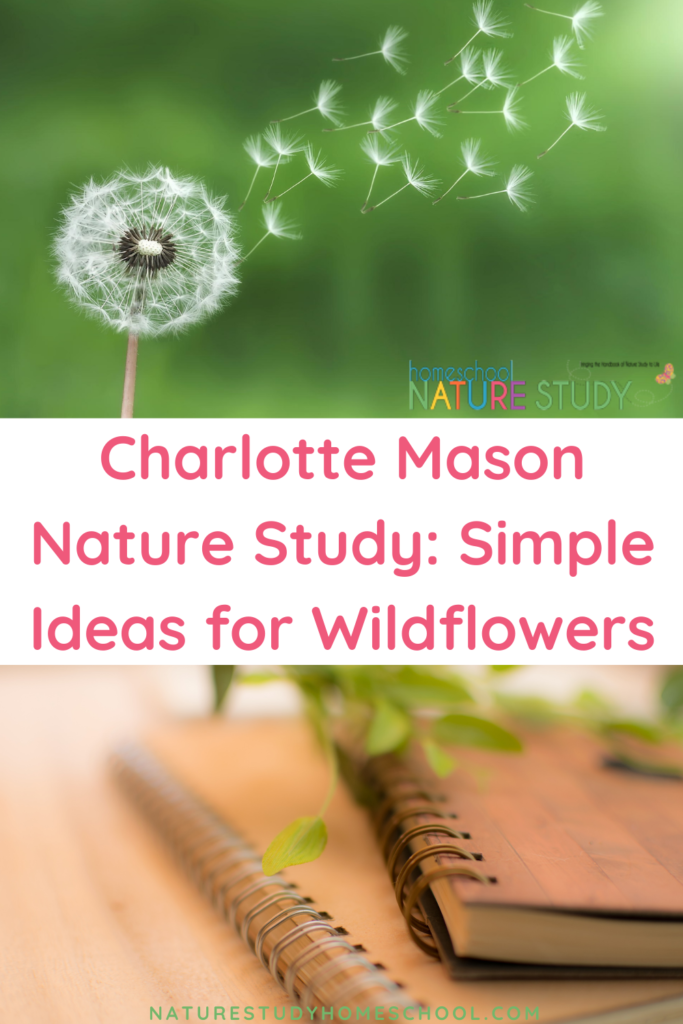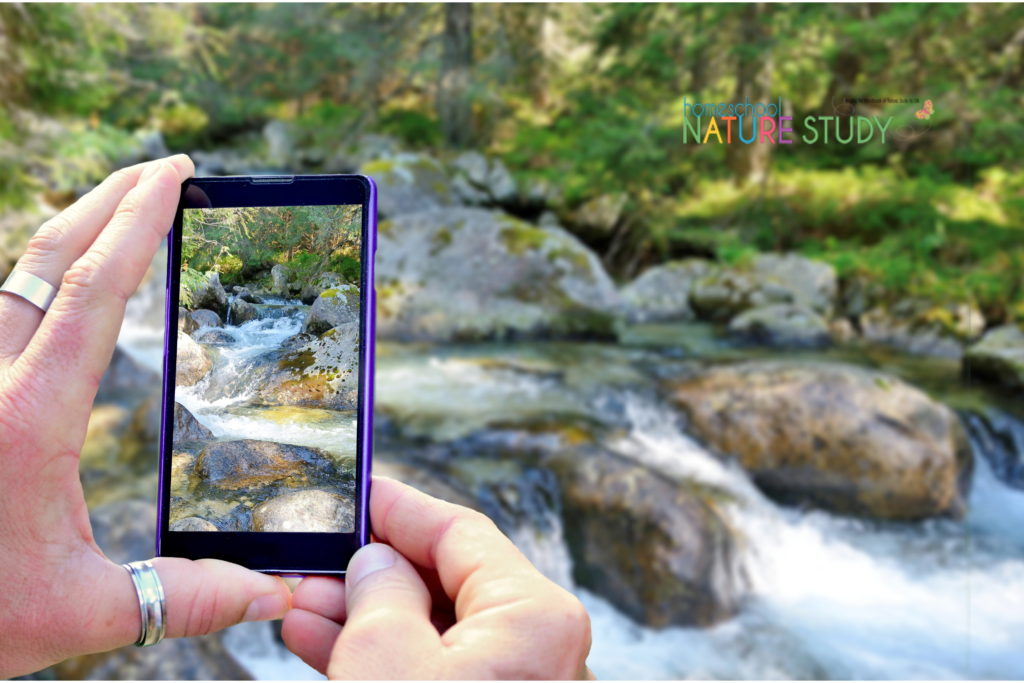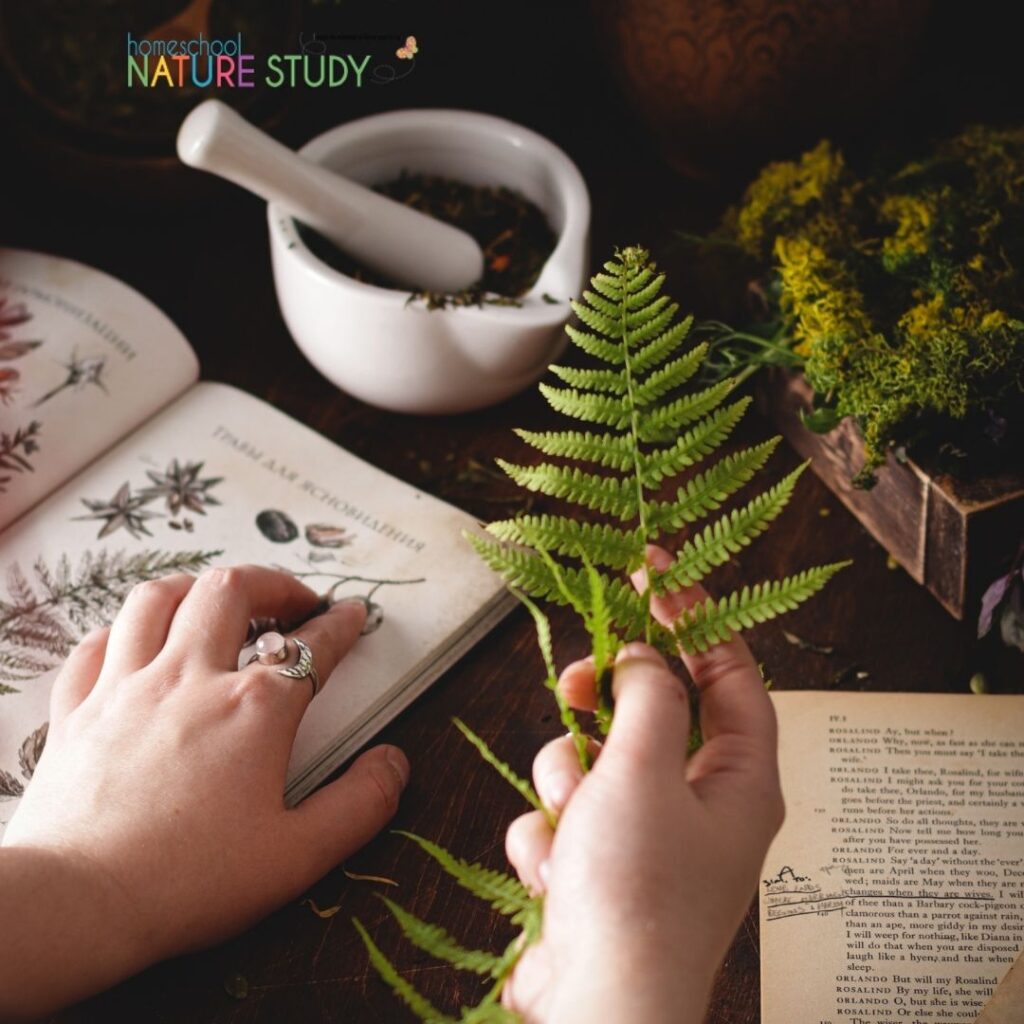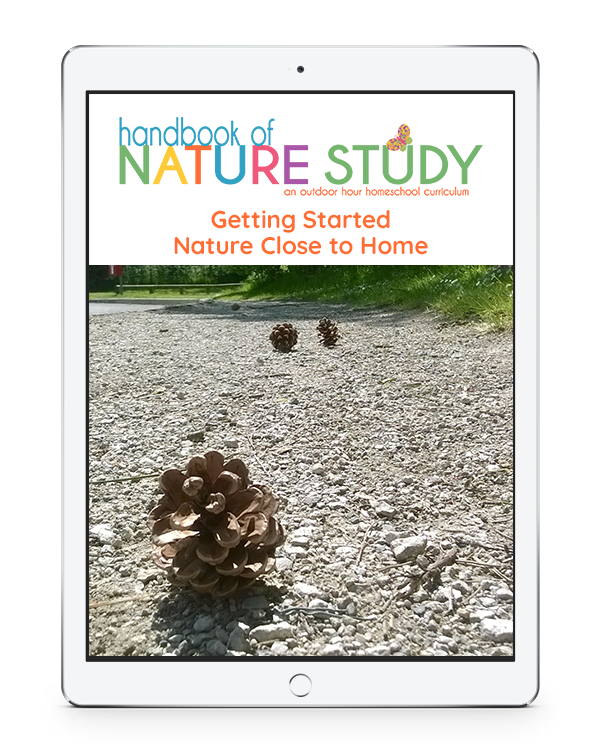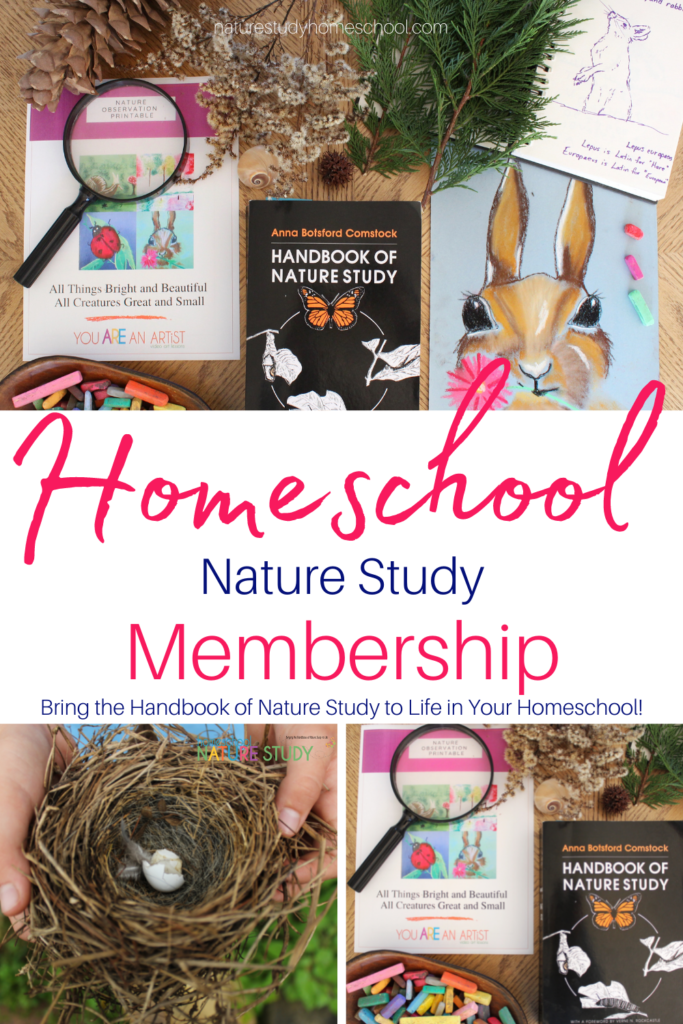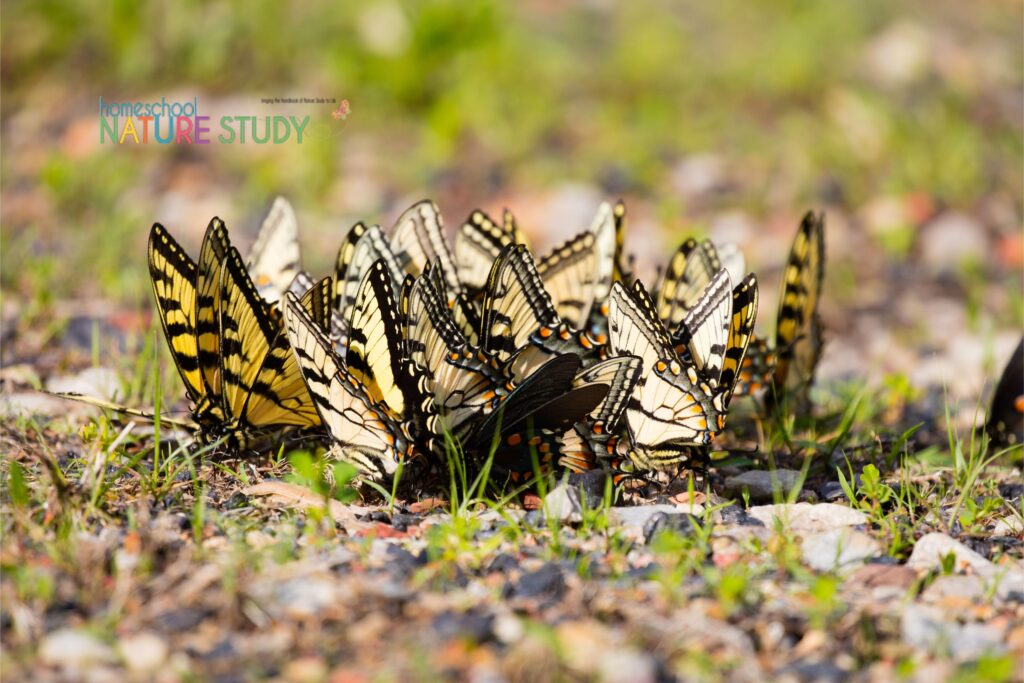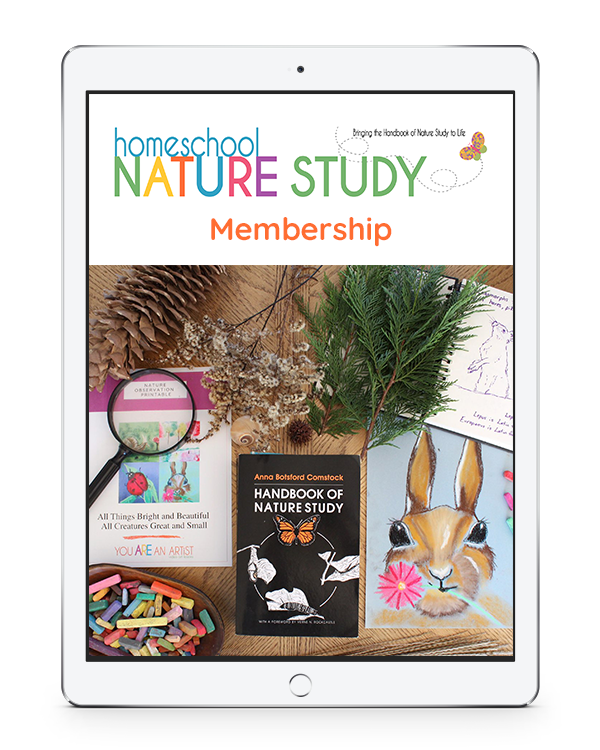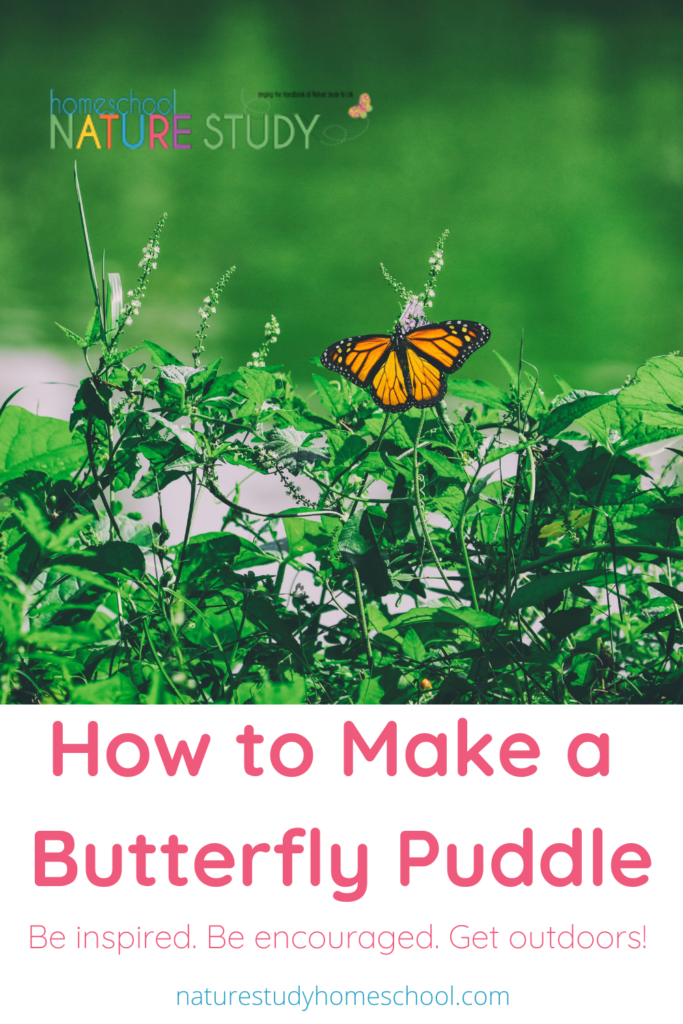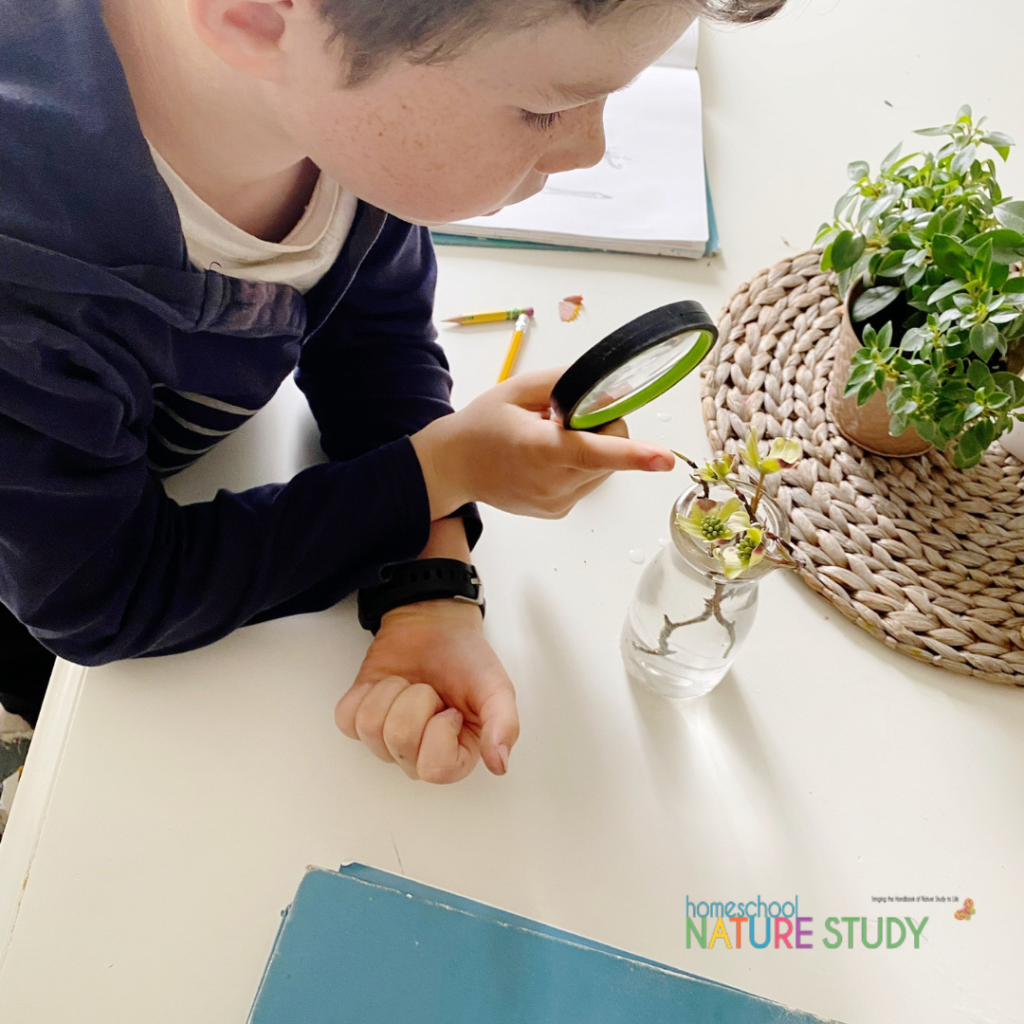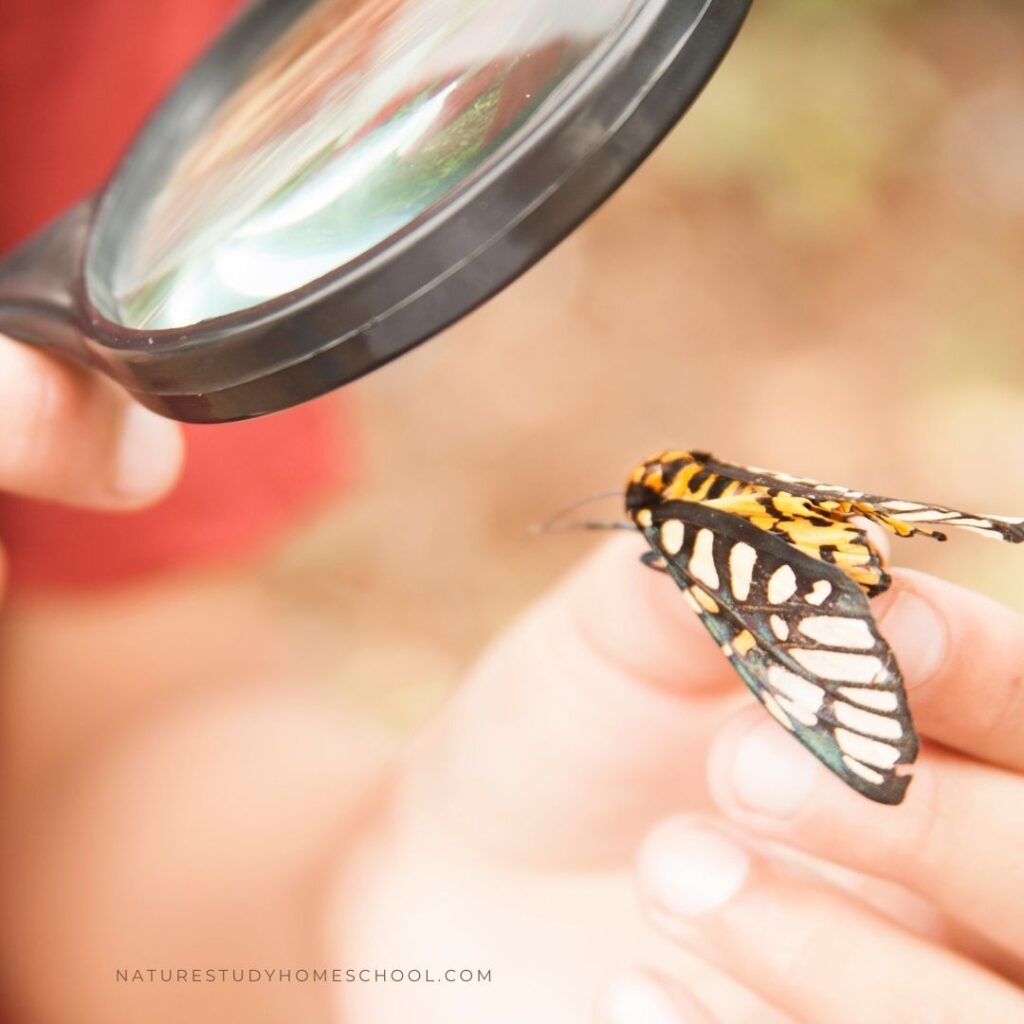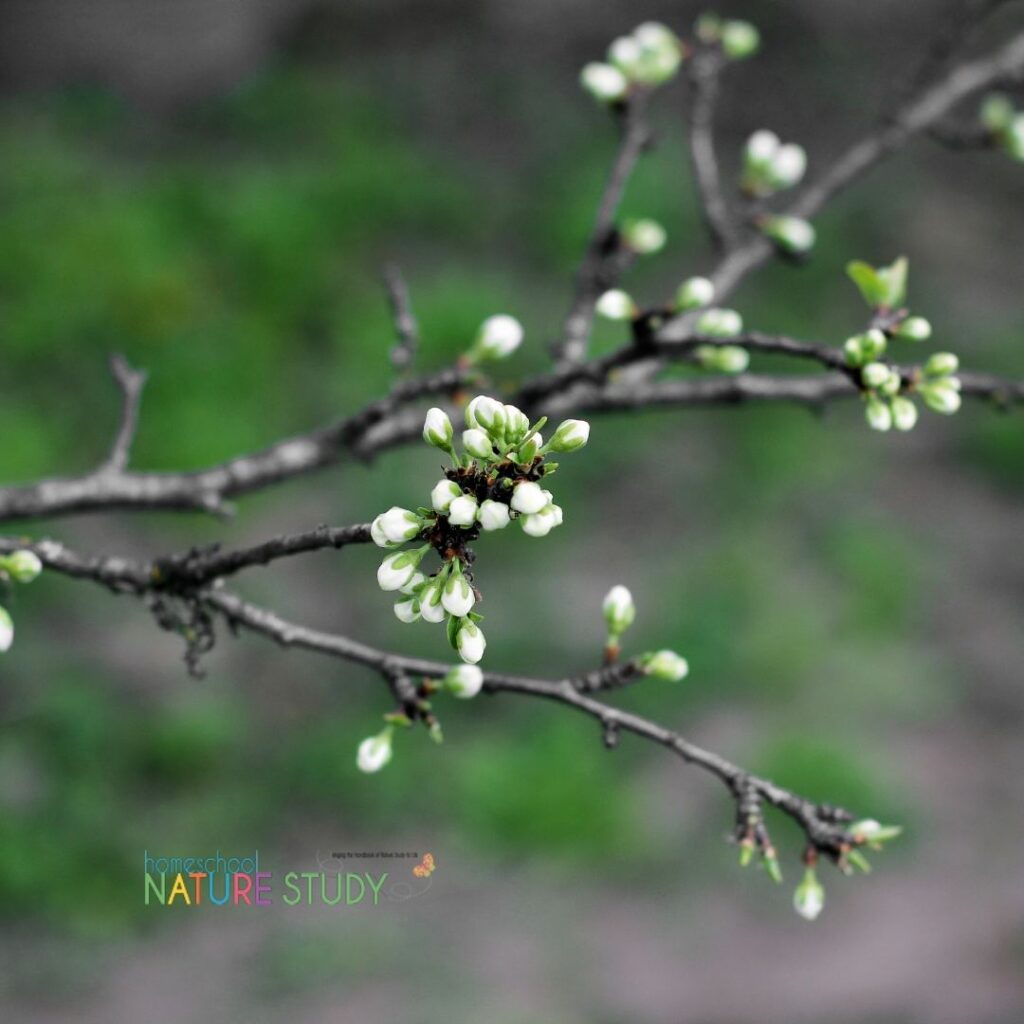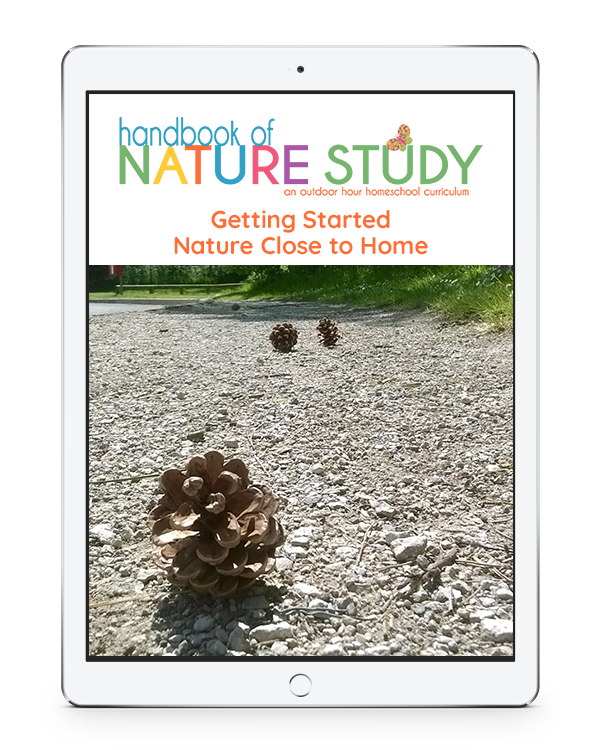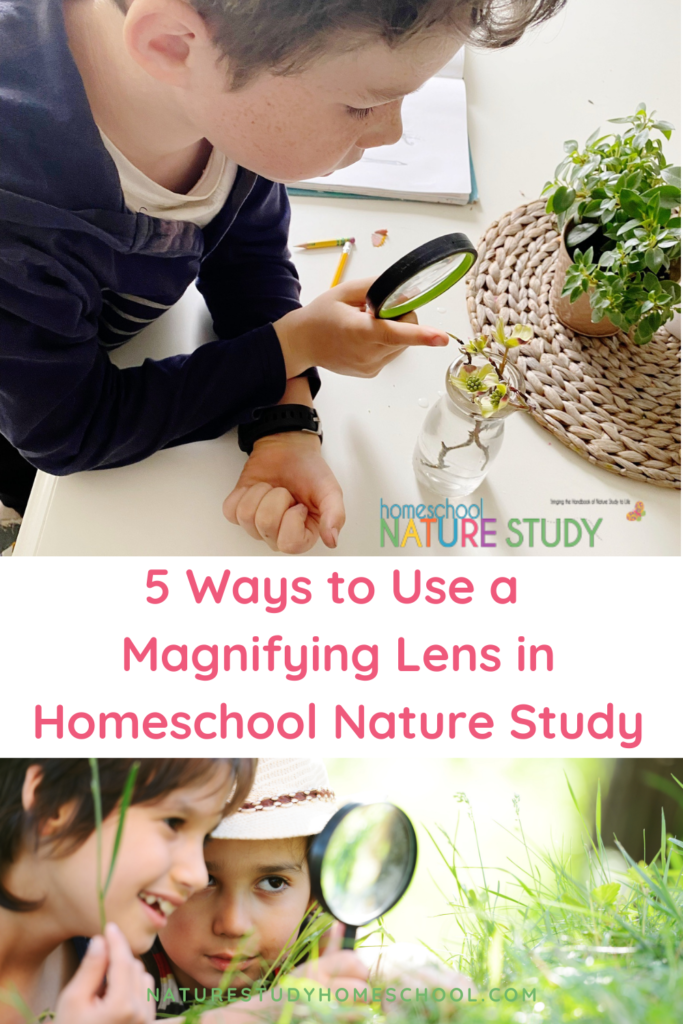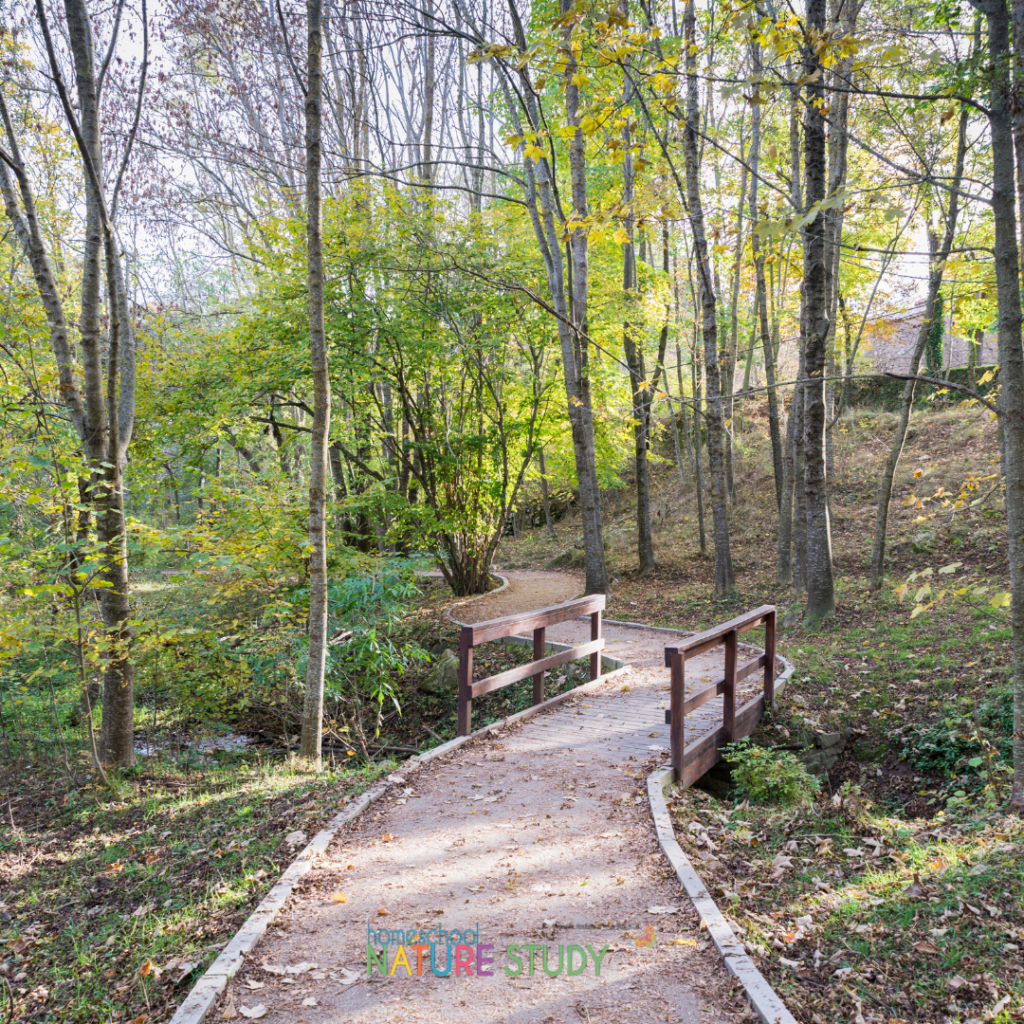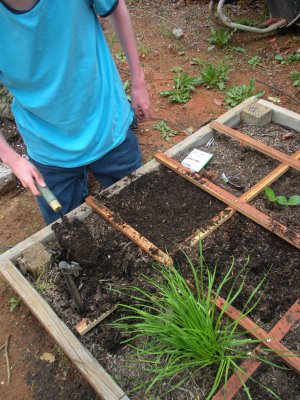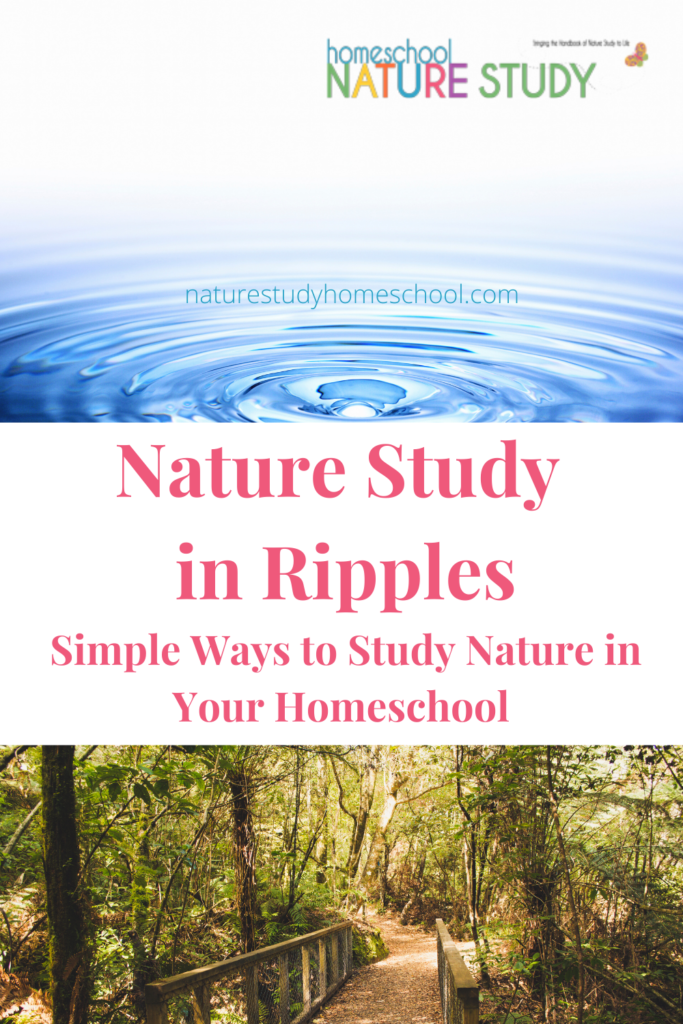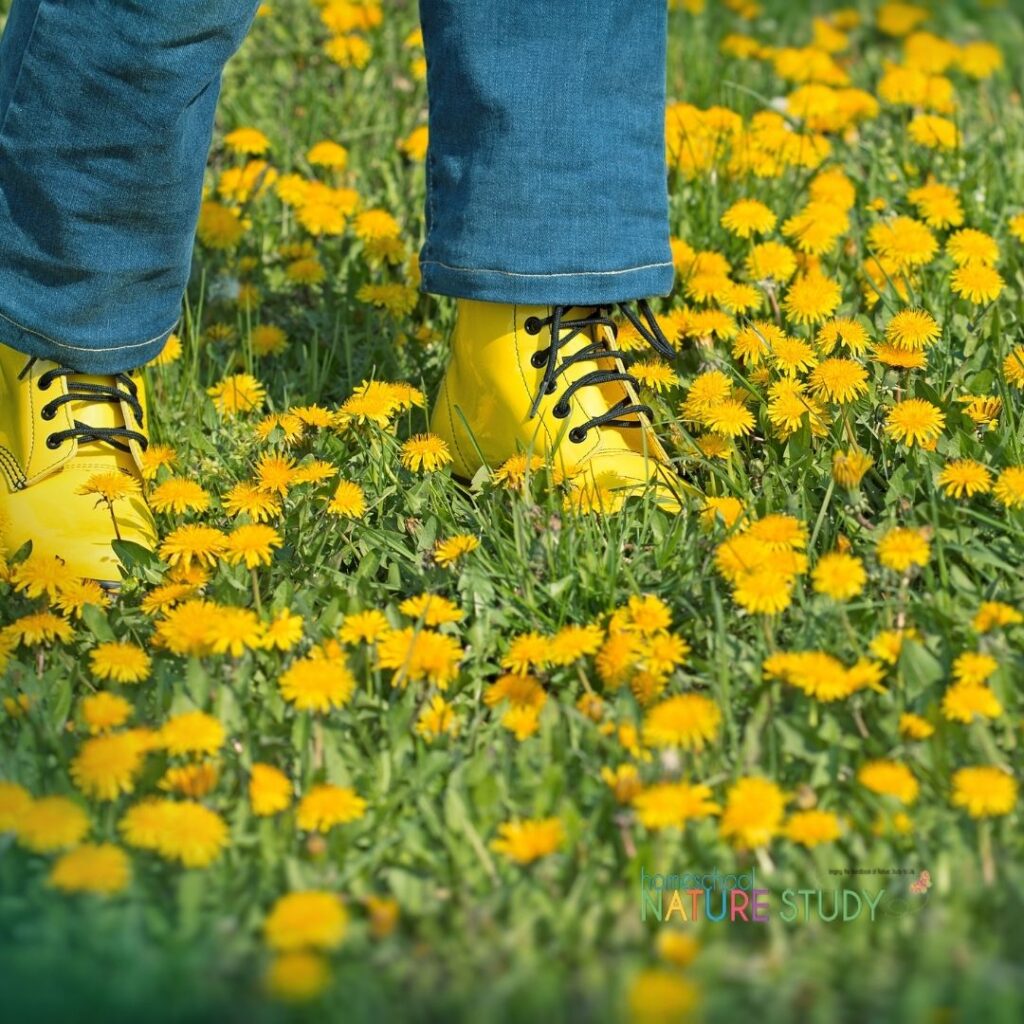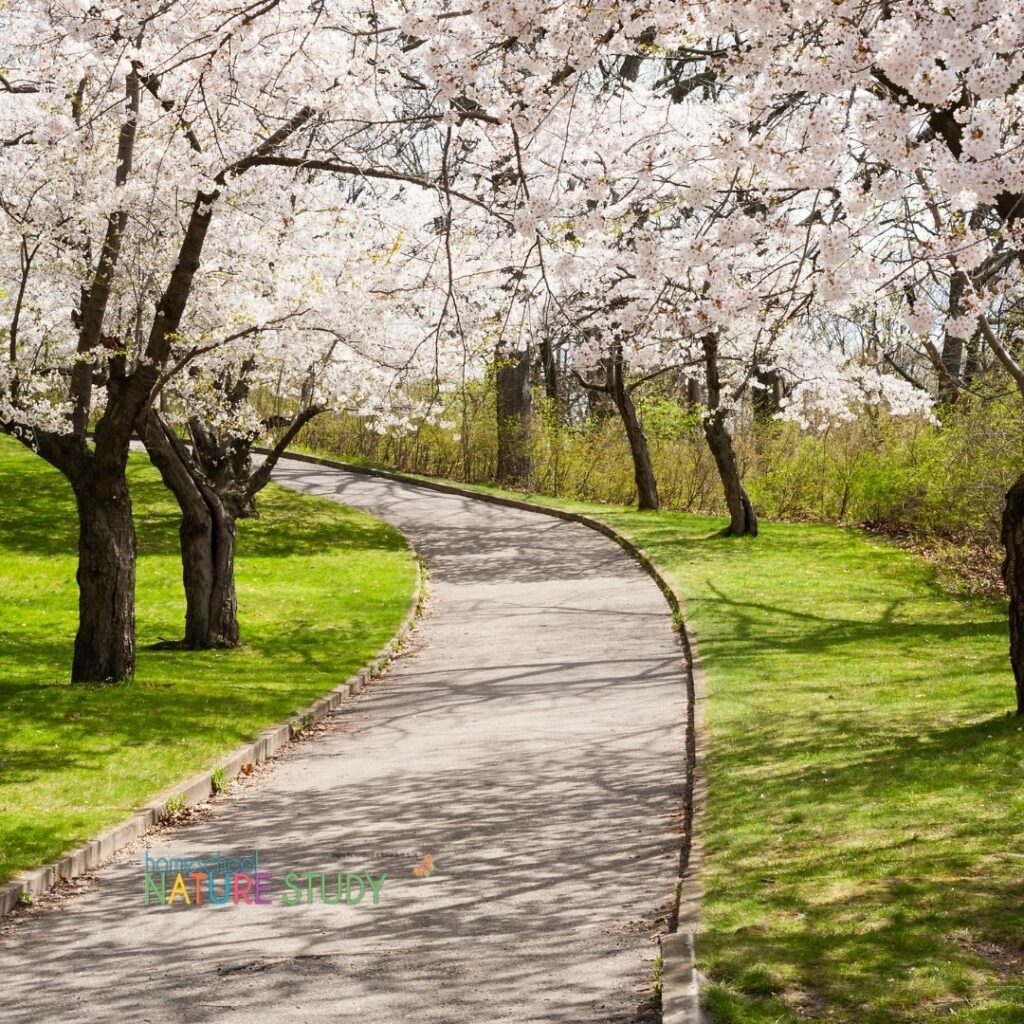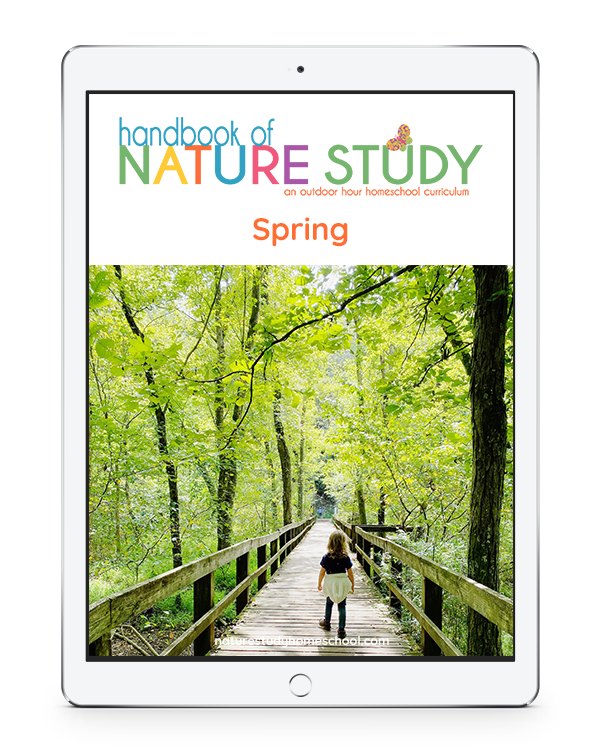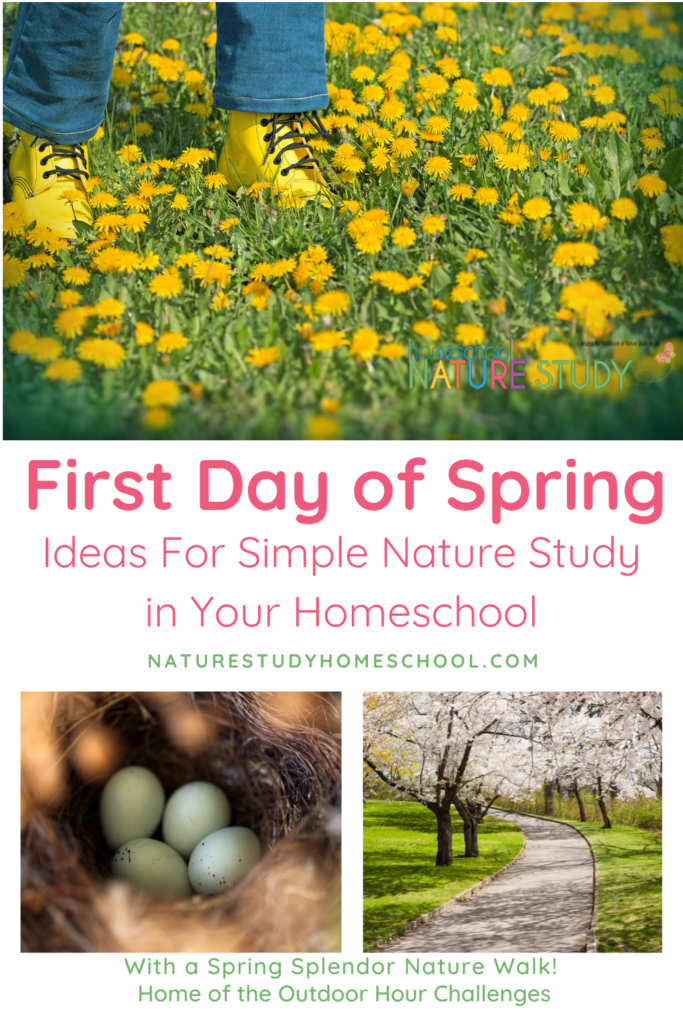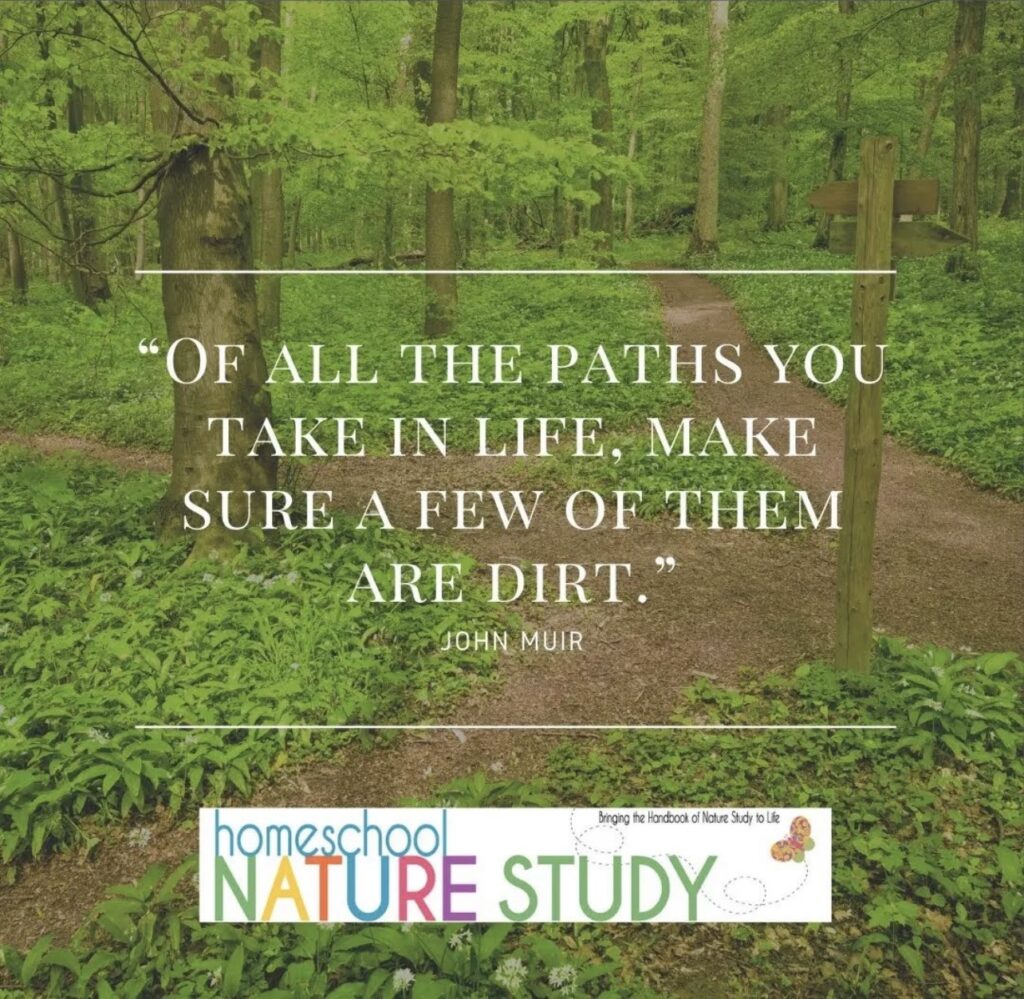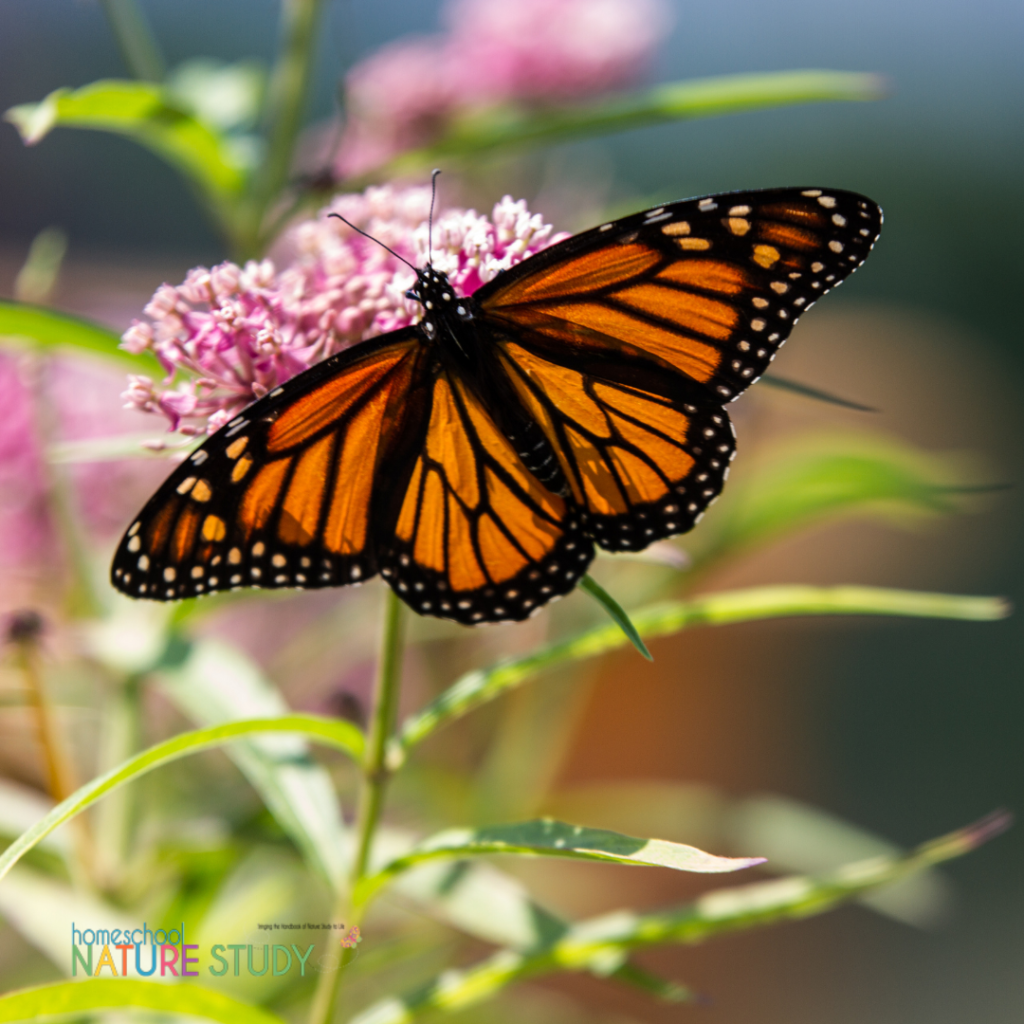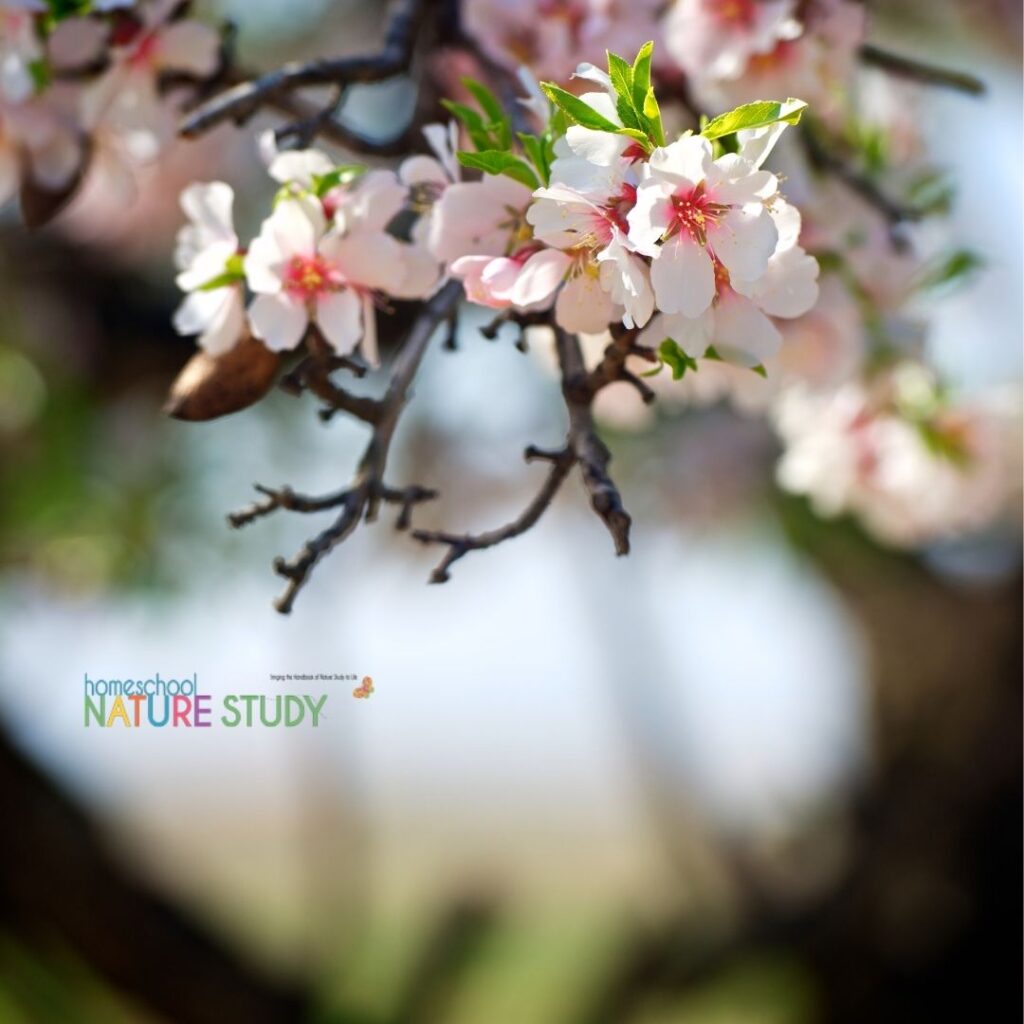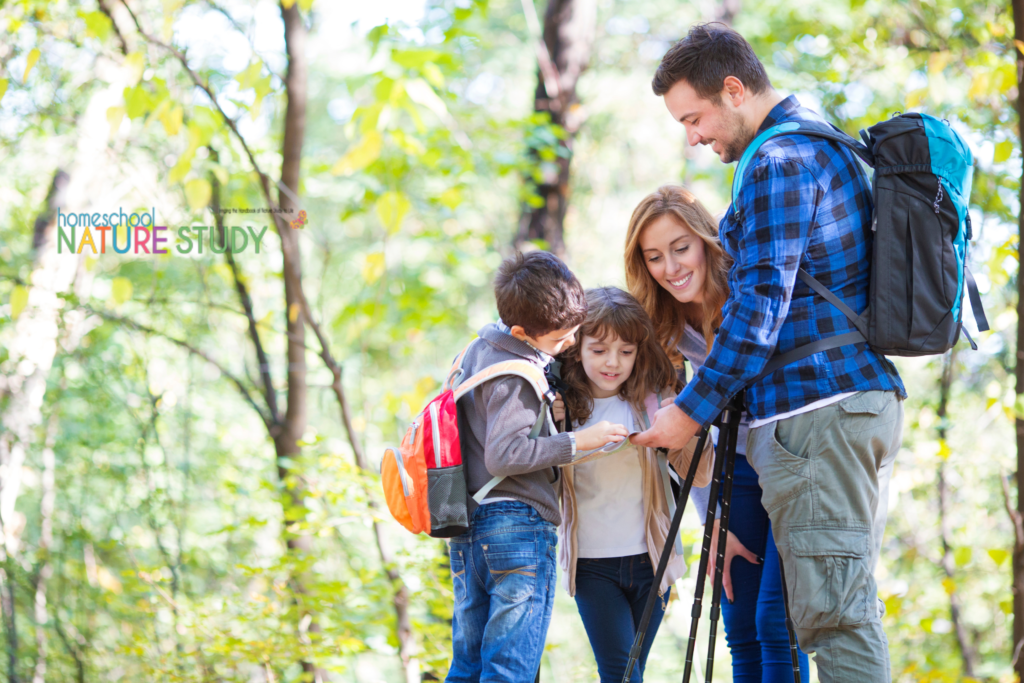Ready to enjoy a trip to a national park? Use this guide to national parks nature study for your homeschool and enjoy nature study learning while you explore the great outdoors!
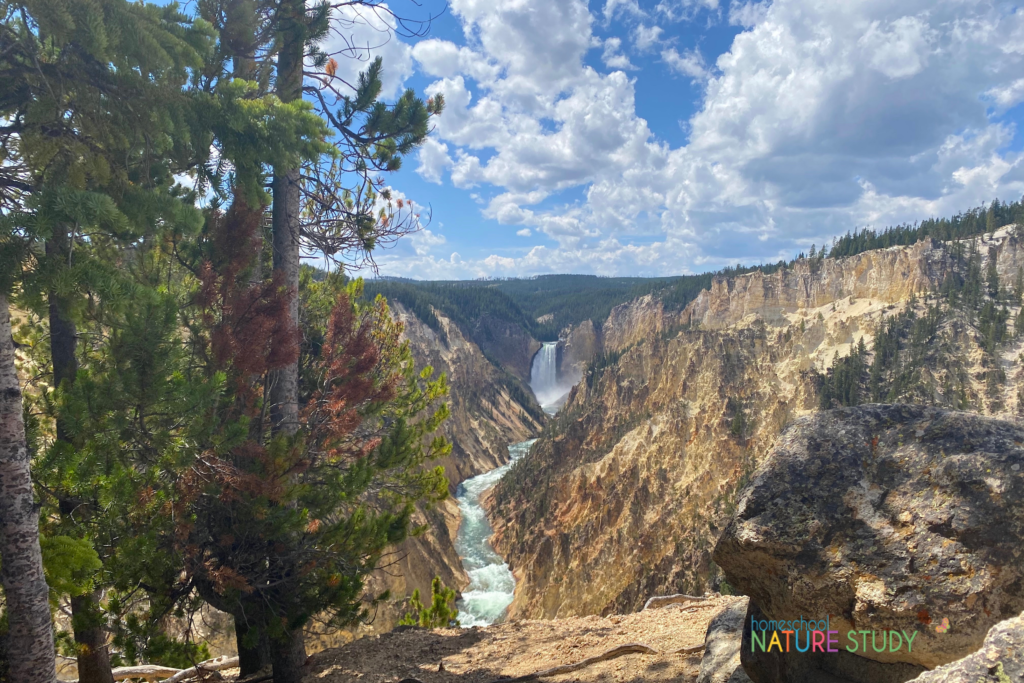
What a treasure! Barbara McCoy and her family travel so many of America’s national parks, monuments and state parks. Here, I have gathered all that she has shared over the years and have added in a few of my family’s travels too. While many of Barb’s photos did not transfer over and are not included in these posts, her words and tips are so very valuable!
Barb and I got to take a trip to Florida together a few years ago – and we spent time studying nature. We even got to see an alligator. I shared about the memories we made together in my Florida Nature Studies.
Enjoy this Guide to National Parks Nature Study for Your Homeschool. We hope it helps you make glorious memories with your family!
Your Guide to National Parks Nature Study for Your Homeschool
- 10 Best of Everything National Park (Book Review)
- Acadia National Park
- Amicalola Falls State Park (Tricia)
- Bryce Canyon National Park (Tricia)
- Cabrillo National Monument
- Calaveras Big Trees State Park
- Channel Islands National Park
- Crater Lake National Park
- Death Valley National Park
- Devil’s Postpile National Monument
- Eagle Lake Waterfall Hike
- Ed Z’berg Sugar Pine Point State Park
- Florida Gulf Coast (Tricia)
- Georgia Civil War Field Trips (Tricia)
- Golden Isles of Georgia (Tricia)
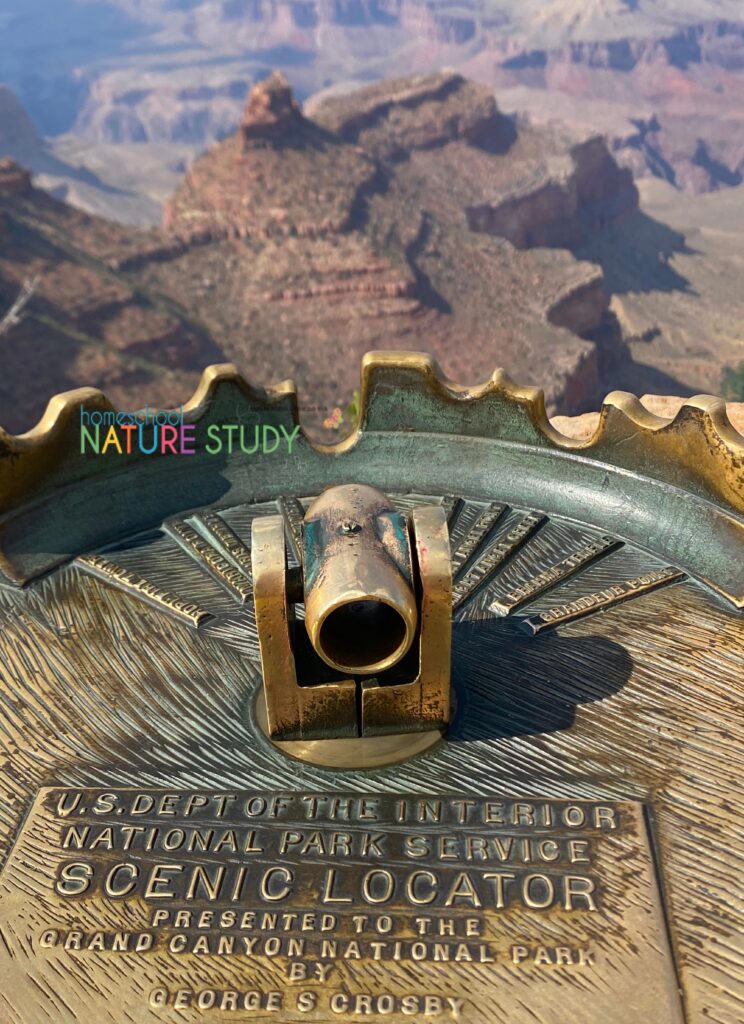
- Grand Canyon National Park
- Grand Canyon National Park sunrise (Tricia)
- Grand Canyon National Park sunset (Tricia)
- Grand Teton National Park – Colter Bay (Tricia)
- Grand Teton National Park – Grizzly Bears
- Grand Teton National Park – Jenny Lake Boat Ride and Hike (Tricia)
- Grand Teton National Park – String Lake (Tricia)
- Great Basin National Park
- Great Swamp National Wildlife Refuge
- Hawaii Volcanoes National Park
- Hot Springs National Park
- John Day Fossil Beds National Monument: Painted Hills Unit
- Joshua Tree National Park
- Kennesaw Mountain National Battlefield Park (Tricia)
- Lake Tahoe in June
- Lassen Volcanic National Park
- Mammoth Cave National Park
- Morristown National Historical Park
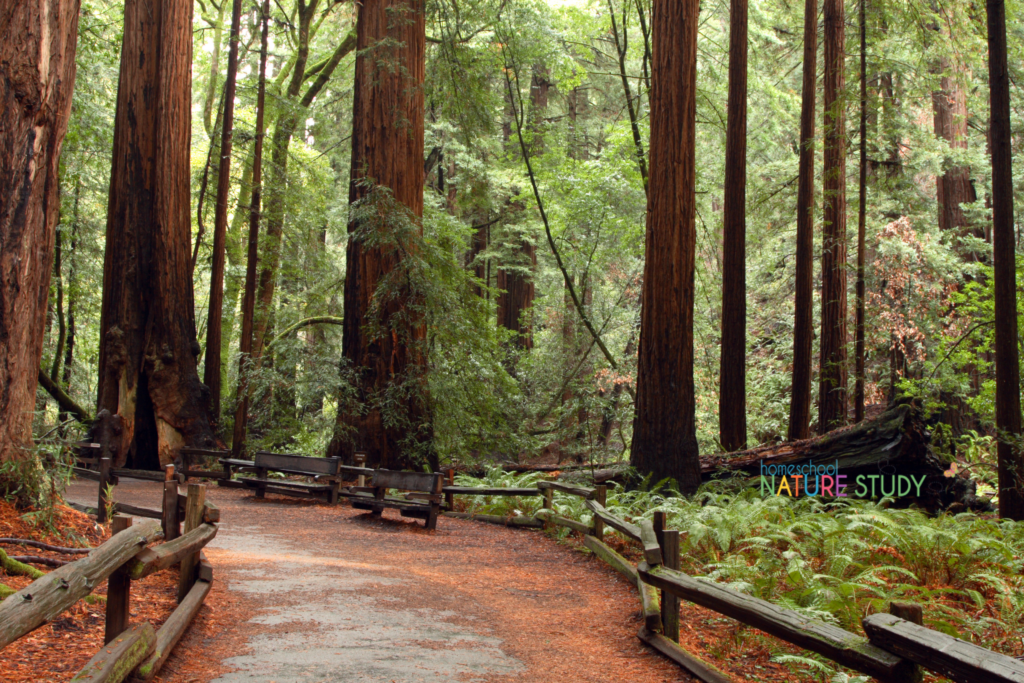
- Muir Woods National Monument
- Newberry National Volcanic Monument
- Northern California Redwoods – Hiking Jedidiah Smith Redwoods
- Oregon State Parks
- Paterson Great Falls National Historic Site
- Petrified Forest National Park
- Pinnacles National Park
- Point Reyes National Seashore
- Providence Canyon State Park (Tricia)
- Redwoods National Park
- Saguaro National Park
- Shenandoah National Park
- Smith Rock State Park
- Tahoe National Forest
- Tumalo State Park
- Utah in August
- Utah – Little Cottonwood Canyon, Cecret Lake (Tricia)
- Utah – High Uinta Mountains, Mirror Lake, Christmas Meadows, Provo Falls (Tricia)
- Waterfalls to Visit in Georgia (Tricia)
- Weir Farm National Historic Site
- Wyoming in Summer
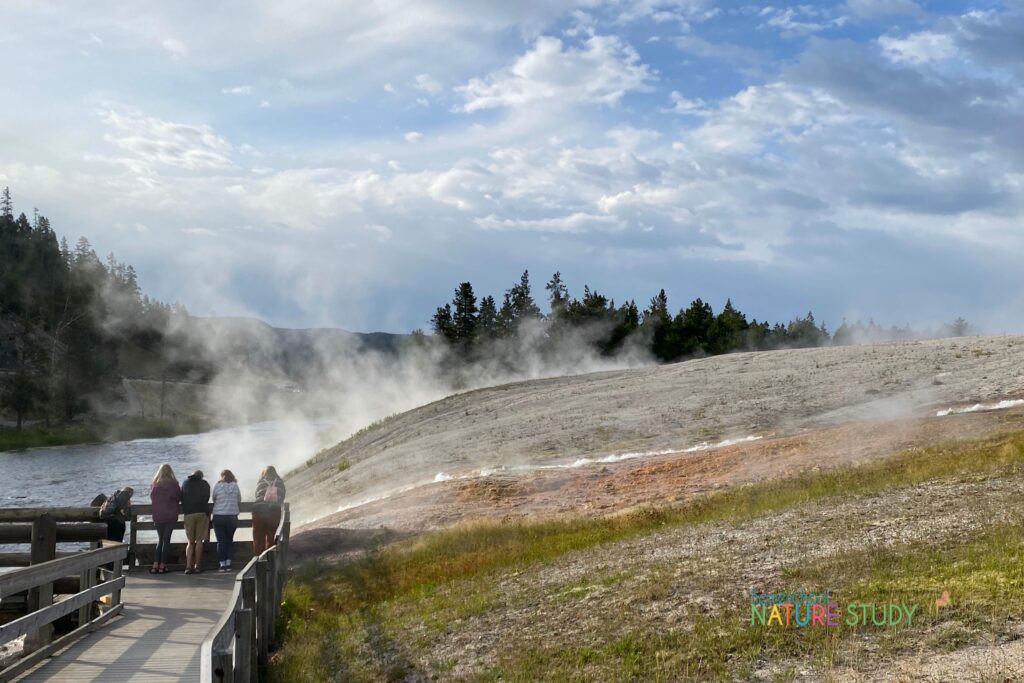
- Yellowstone National Park (Tricia)
- Yellowstone National Park – south to north (Tricia)
- Yosemite Half Dome Hike
- Yosemite National Park – Bears
- Yosemite National Park – Family Fun on a Budget
- Yosemite National Park – Hikes and Wildflowers
- Yosemite National Park – How to Beat the Crowds in Summer
- Yosemite National Park – Planning a Trip
- Yosemite National Park – Spring
- Yosemite National Park – Summer
- Yosemite National Park – Autumn
- Yosemite National Park – Winter
- Zion National Park
- Zion National Park (Tricia)
Hands On Learning – American Landmarks Art Lessons
Do you dream of trekking America’s landmarks and national parks with your kids? With our sister website, You ARE an ARTiST, you can let Nana take you and your children on a trip around our great United States without leaving the comforts of your home. Trekking American landmarks with chalk pastels are as easy as walking to your kitchen table and setting out your chalk pastels with a pack of construction paper. Nana will do the rest.
No hiking shoes or sore feet required! Browse I Drew It Then I Knew It American Landmarks
Want even more ideas? Enjoy 99 Nature Study Ideas to Get Your Family Outdoors and Study Nature As You Travel This Summer.
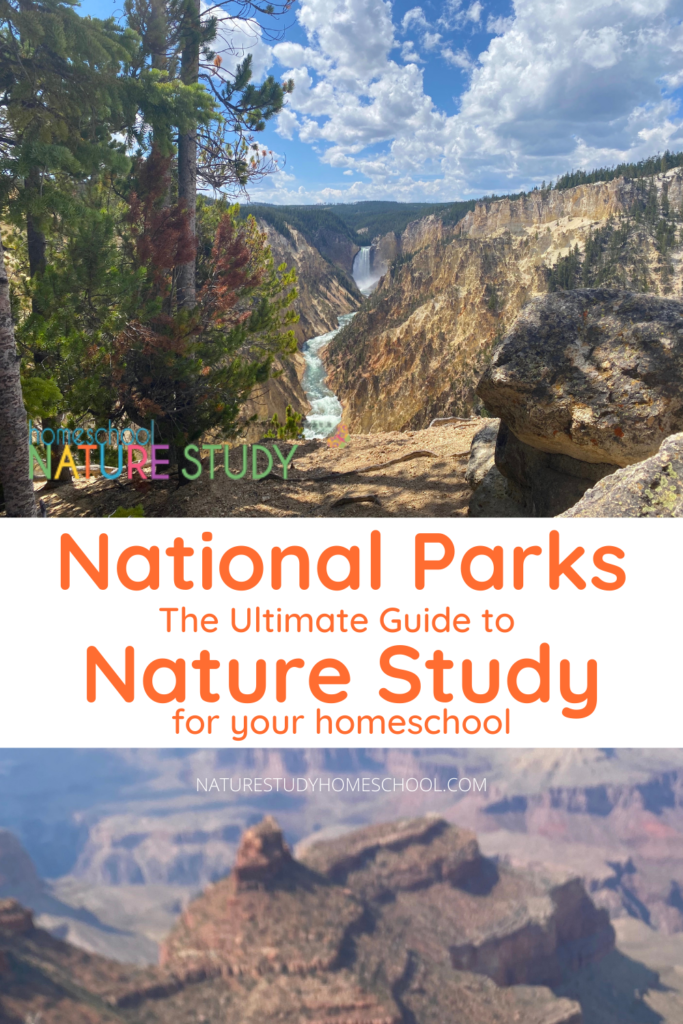
More Resources For Homeschool Nature Study
For even more homeschool nature study ideas, join us in Homeschool Nature Study membership! You’ll receive new ideas each and every week that require little or no prep – all bringing the Handbook of Nature Study to life in your homeschool!
Be inspired. Be encouraged. Get Outdoors!

